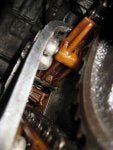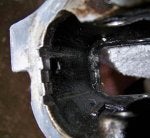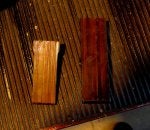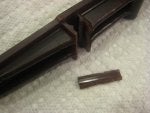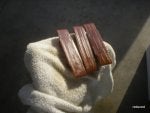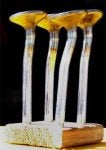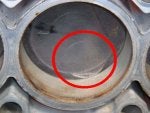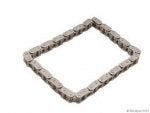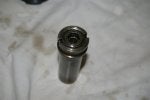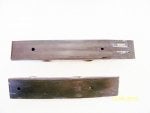I've seen a lot of chain drives, from airlocks to bucket elevators, grain combines to motorcycles, drum dryers to apron feeders. One thing that is remarkable, especially in high-velocity chains, is the slack will set up a standing wave, and will hold that curvature, as long as the velocity is constant. Of course, for our engines, the velocity is far from constant, so the chain suffers "impulses" from the crankshaft as the throttle and engine load changes. I think the tensioner should only serve as a guide to the standing wave, and help when the velocity changes cause impulses or fluctuations in this standing wave.
I recall an old grain combine we had, that used a chain drive that was visible on the outside of the machine. The "tensioner" was a block of oak wood, that only contacted the chain when the unit was slowing down or starting up, otherwise, the standing wave obtained in the slack of the chain, curved away from the block of wood when operating at speed. I have seen similar phenomena in other chain drives as well...
Kinda cool.
At first blush, Rowdie, I would have thought your tensioner had "locked up" in a fully extended position, riding too aggressively against the chain. I can imagine a situation like this where the standing wave would then be influenced to move to an area of slack, ie the other side of the cam gear, thereby riding more aggressively on that guide as well. No wonder the left side is illustrating less wear... the guides are in align with the chain, and far removed from the influence of the tensioner and chain standing wave...
Of course, I may be in a mescaline haze about now???




